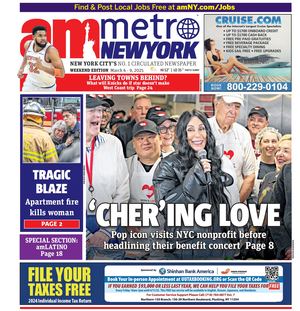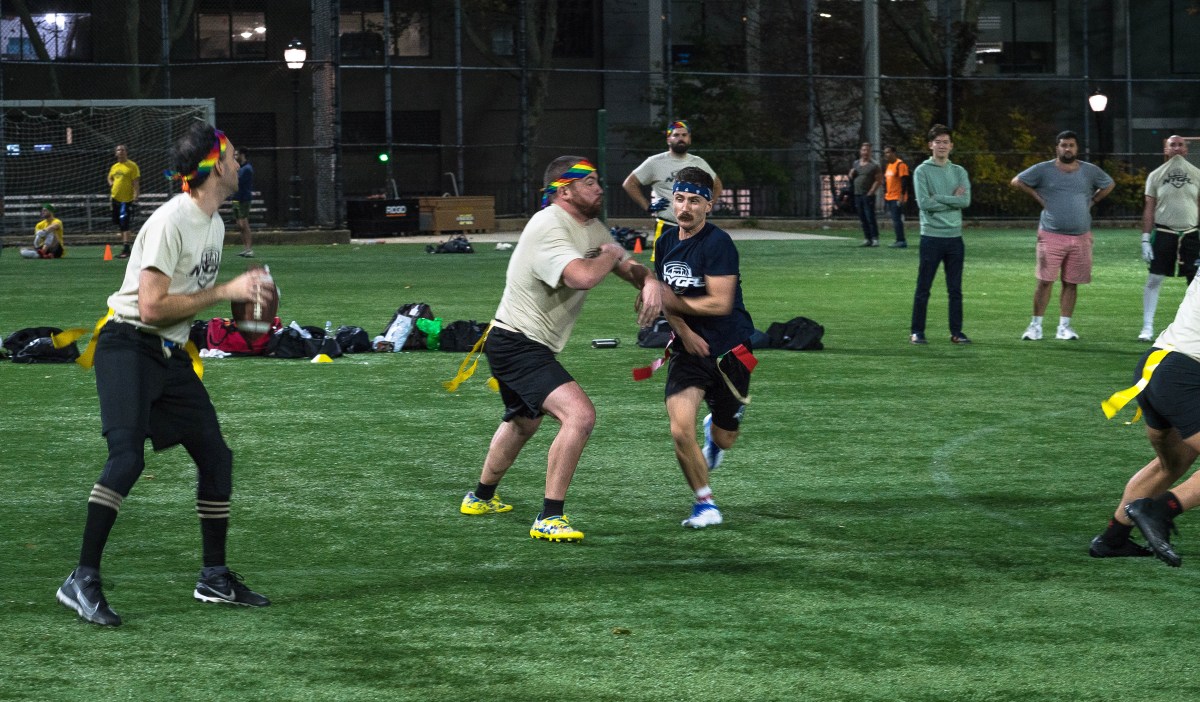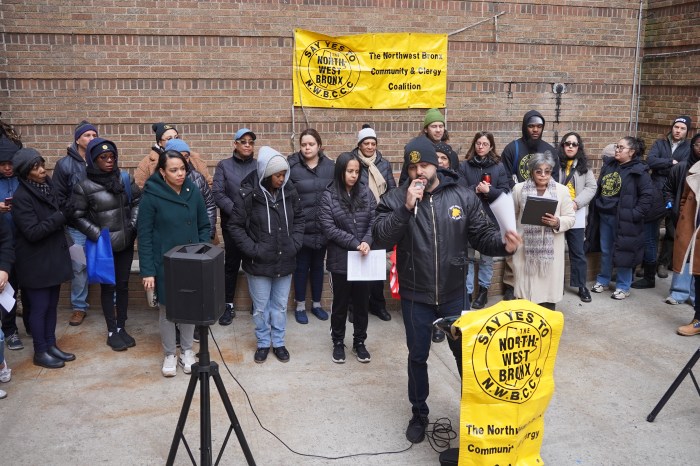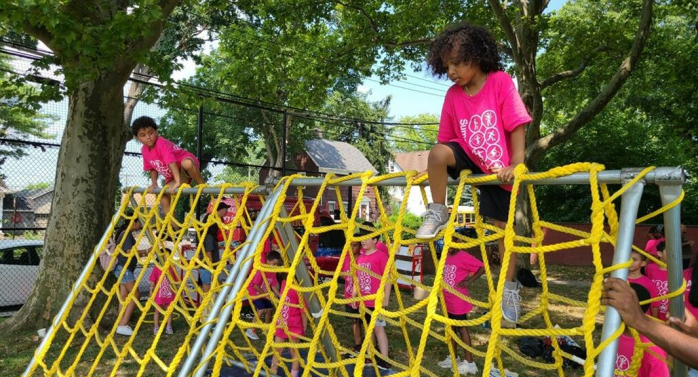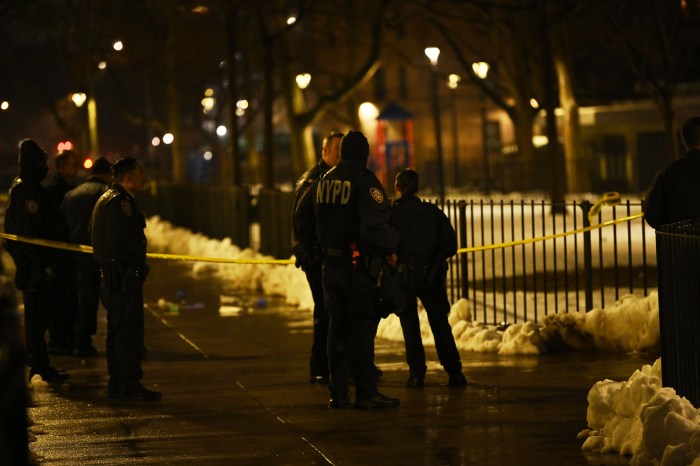In 1918, a flu pandemic claimed the lives of upward of 50 million people worldwide — including 30,000 New York City residents.
It’s with the centennial of that health crisis in mind that the Museum of the City of New York opens its newest exhibition.
“Germ City: Microbes and the Metropolis,” opening Friday, explores the threat of disease in a metropolis, including challenges, containment and care, from both a historical and contemporary context, with artifacts, scientific models and artwork on display.
The New York Academy of Medicine helped curate the exhibit and provided historical objects, such as an intubation kit for treating patients with diphtheria.
“Germ City” is also the inaugural exhibition of “Contagious Cities,” an international project by the UK charity Wellcome Trust to spark a discussion on global pandemic preparedness.
Mindful that flu season is also starting, the museum will host a free flu shot clinic on Sept. 27 before a panel on the 1918 flu pandemic.
amNewYork spoke with co-curator Dr. Rebecca Jacobs about the exhibit.
What are some objects you’re excited about?
One of the things we’ve noticed is we can learn from the past, and some of the themes about fear and others around contagion continue to come up. So the artifacts speak to each other thematically as we look at objects from the 19th century, about the fear of contagion from immigrants at Ellis Island, to fears about HIV and Ebola. One object that speaks to fears is an original letter by “Typhoid Mary,” Mary Mallon. She was kept on North Brother Island, and in the letter she talks about being subjected to tests and studied, and it reveals her own personal understanding of her quarantine experience. In the same section, we have a contemporary example that’s very different of quarantine. We have a large suit, a personal protective equipment known as PPE, worn by staff at Bellevue’s Special Pathogens unit. They conducted a very humane and careful form of quarantine when they took care of Dr. Craig Spencer [NYC’s first Ebola patient].
We have some interesting care objects. We have an iron lung that was used to treat patients with polio at Goldwater Hospital on Roosevelt Island. We also have objects from Sea View Hospital on Staten Island where people were treated for tuberculosis: We have a bronchoscope used to study people’s lungs, and a human lung specimen, as well as an oral history clip from Virginia Allen, who was a nurse that treated patients with tuberculosis.
Where did the more current objects come from?
We received the suit from Bellevue. And we also worked with them to create a film about how people who work in the Special Pathogens unit treated the Ebola patient in 2014, as well as how they’re continuing to prepare for future potential infectious disease outbreaks. We also have a needle exchange kit on display from Housing Works . . . and a Play Sure Kit from the New York City Department of Health. Another contemporary piece is an artwork by Jordan Eagles, about the current FDA ban on blood donations from gay and bisexual men.
Are recent concerns like West Nile or swine flu addressed?
We have a model of an Aedes aegypti mosquito — the mosquito that transmits Zika — as a way to talk about the potential for future threats from disease as climate change affects what kinds of diseases could end up in New York. It’s a 3D-printed and painted model of a mosquito in a vitrine in our urban environment section, where we discuss pest control.
What other pests are there? Rats?
We have a PSA created by David Lynch for the city in 1991 that features a rat. It’s a one-minute film.
How might people personally connect to the show?
Next to the main gallery we have a space called the reading room. It will have secondary reading materials and facsimiles of primary sources. We’re also going to be displaying in that room objects that speak to personal stories about disease . . . that deal with topics like prevention — how we prevent ourselves from getting sick; care — providing for people who are sick; and remembering family members and loved ones who have been sick.
What for you makes this exhibit especially timely?
I think it’s the opportunity to learn from the past as we think about the future, and how infectious disease connects to our lives. So it could be a topic that would be scary, but our goal was to make epidemics and epidemic preparedness accessible and thought-provoking for visitors. Our designers, Isometric Studio, came up with an unconventional, clever design to try to allow people to feel surprised and moved and connected to the material. A person can walk into the gallery and see the whole space. And we think that’s a really effective way to display all of these artifacts together with the artworks and scientific models.
IF YOU GO
“Germ City” runs Sept. 14-April 28, 2019 at the Museum of the City of New York | Admission $18/adults, $12/seniors and students | 1220 Fifth Ave., 212-534-1672, mcny.org
